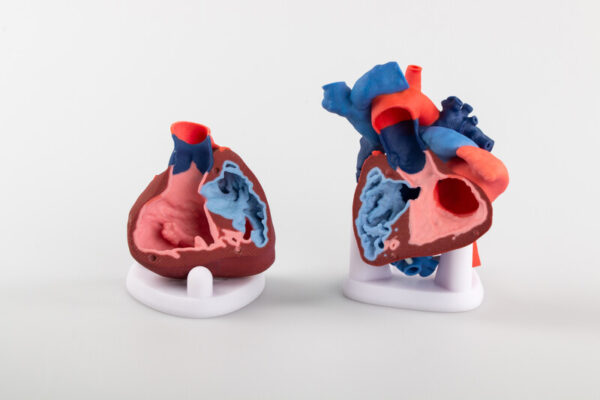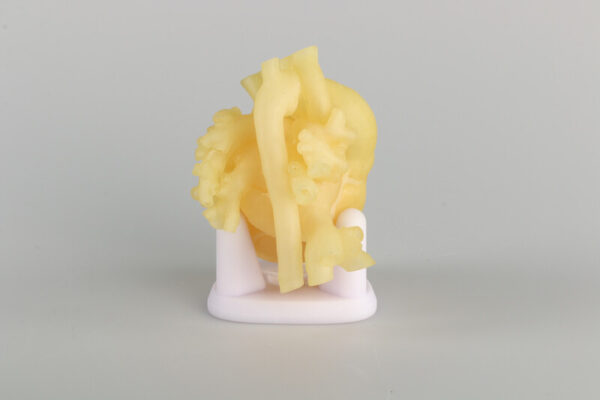3D printing has become an increasingly popular technology in fields such as bioscience and biotechnology. In this article, we will explore how these fields utilize various 3D printing technologies. We will share examples of technologies including SLS, SLA, DLP, MJP, and CJP. From there, we will explain how they can revolutionize the way we approach different scientific challenges.
Selective Laser Sintering (SLS)
To begin, SLS (Selective Laser Sintering) is one of the most common 3D printing technologies in the bioscience and biotechnology fields. SLS uses a laser to selectively sinter powder materials, such as nylon or polypropylene, to create intricate structures. SLS has been used to create custom implants, such as prosthetic limbs, and even to generate complex scaffolds for tissue engineering. The ability to create parts with high detail and custom structures makes SLS a promising technology in the biotech industry.
Stereolithography (SLA)
SLA (Stereolithography) is another popular 3D printing technology in bioscience and biotechnology. SLA involves using a laser to selectively cure liquid photopolymer resin, which hardens and solidifies when exposed to light. SLA plays a role in the development of custom medical implants, such as hearing aids and dental aligners. Additionally, SLA can be seen in the fabrication of microfluidic devices for laboratory use. This demonstrates the versatility and potential of this technology.
Digital Light Processing (DLP)
DLP (Digital Light Processing) is a similar 3D printing technology to SLA, which uses a projector to project light onto a vat of photopolymer resin. The light hardens the resin, creating a solid object layer by layer. Similar to SLA, DLP is common when creating custom hearing aids and dental aligners, in addition to complex surgical models for pre-surgical planning.
Multi-Jet Printing (MJP)
MJP (Multi-Jet Printing) uses inkjet printing heads to selectively jet and cure liquid photopolymer. MJP is extremely beneficial in the development of surgical guides and anatomical models. Both of which can help plan complex surgical procedures. MJP can produce models with high details and smooth surfaces, making it a valuable tool in the bioscience and biotechnology fields.
Color jet Printing (CJP)
CJP (Color Jet Printing) is another popular 3D printing technology visible in the biotech industry. CJP uses inkjet printing heads to selectively jet and bind powder materials, such as gypsum or ceramic, layer by layer. CJP can create highly detailed and accurate models of organs and other complex anatomical structures for research and educational purposes.
In sum, 3D printing technologies is revolutionizing the way we approach different scientific challenges in the bioscience and biotechnology fields. All of the technologies above offer a variety of applications, from creating custom implants to generating complex scaffolds for tissue engineering. Each technology has its own unique strengths, making it important to consider which technology is best suited for a given application.

